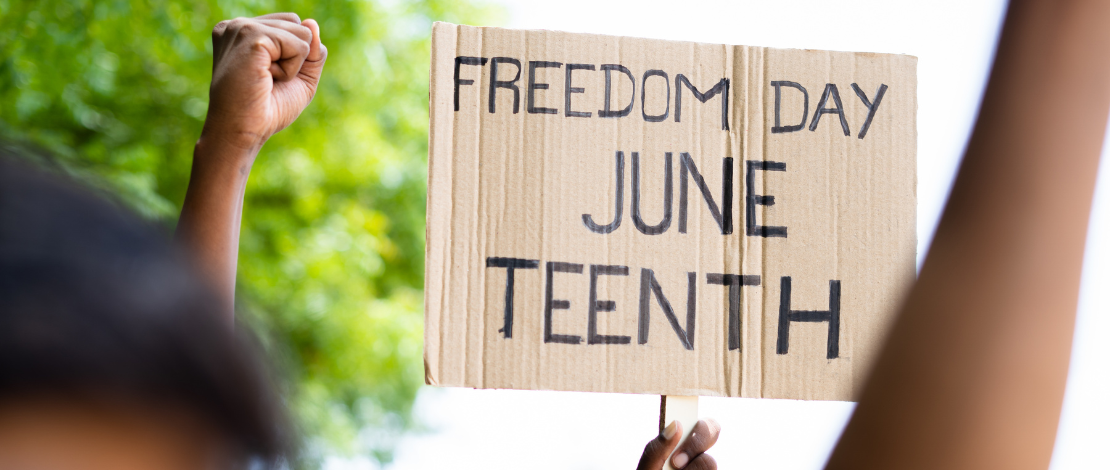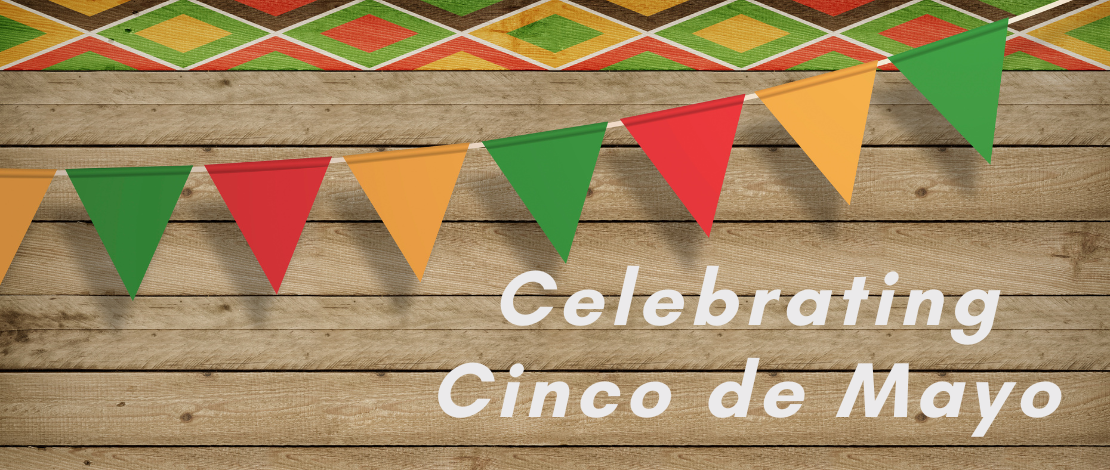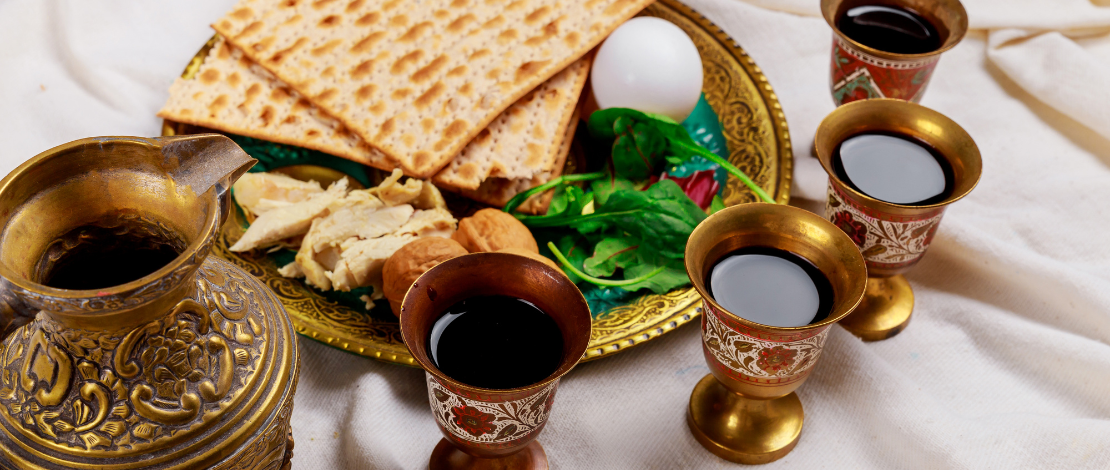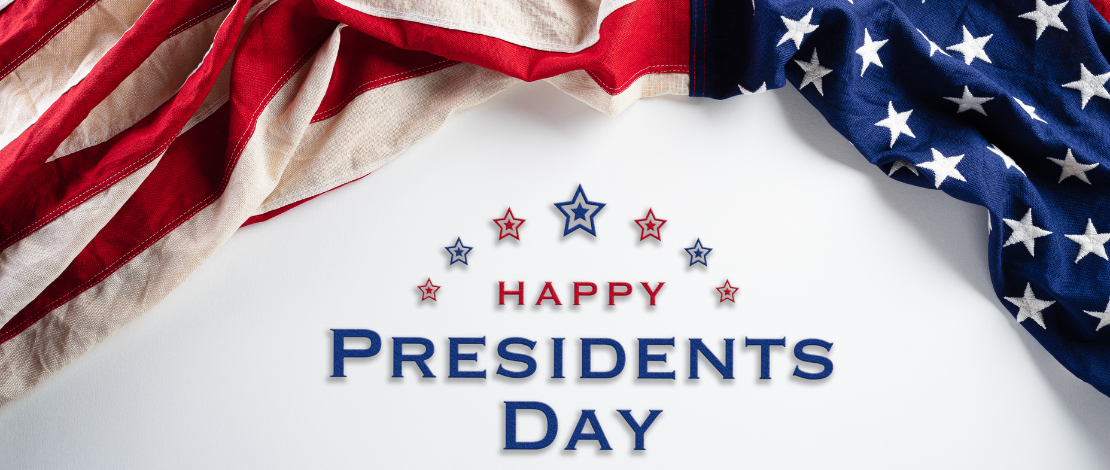Let’s be honest—when you think of the 4th of July, your first thought probably isn’t workplace celebration. It’s probably something more along the lines of “Is there enough ice for the cooler?” or “Did we get the good fireworks this year?” or even “Who volunteered me to make potato salad?”
And that’s fair.
But the 4th of July, officially known as Independence Day, is more than just backyard BBQs and neighborhood parades. It’s a reminder that bold ideas (like breaking up with a king via letter) can shape entire countries—and yes, even spark a little fun around the office before everyone heads out for a long weekend.
So, before you clock out early or light up the grill, here’s a quick read to honor the day with some quirky facts, cultural meaning, and ideas for bringing a little red, white, and blue into the workplace without burning down the break room.
Independence Day in 87 Seconds or Less
July 4 marks the adoption of the Declaration of Independence in 1776—basically the U.S.’s formal “It’s not you, it’s tyranny” breakup with Great Britain. It was bold, it was risky, and it launched a nation. And while not everyone got their freedom right away (and many are still fighting for equity today), the holiday is a marker of a promise—a messy, evolving, and determined one—that all people are created equal and deserve a voice.
Fun Facts to Casually Drop at the Office BBQ
- It wasn’t always a party. July 4 became an unpaid holiday in 1870 and didn’t become a paid federal holiday until 1938. We’re late bloomers, apparently.
- Presidential coincidences are real. Thomas Jefferson and John Adams both died on July 4, 1826. James Monroe joined the July 4th club in 1831.
- You’re not imagining the hot dog overload. Americans eat about 150 million hot dogs on the 4th. If you’re wondering, that’s enough to stretch from D.C. to L.A. more than five times. Gross and impressive.
- Fireworks are older than the U.S. The first 4th of July celebration featured fireworks in 1777—because nothing says independence like lighting things on fire in the sky.
Workplace Ways to Celebrate (Without Starting a Fire)
- Red, White & Woohoo Day – Let your team wear their most festive patriotic outfits—bonus points for stripes, stars, and borderline costume-level commitment.
- History, But Make It Fun – Post a “Did you know?” board with quirky July 4 trivia. Or better yet, create a Slack channel where folks can share their favorite weird U.S. facts or family 4th traditions.
- Star-Spangled Snack Break – Organize a quick mid-day treat fest: red and blue berries, white cheddar popcorn, flag-themed cookies…and maybe a very clear sign next to the deviled eggs that says refrigerate immediately.
- Freedom to Log Off Early – If you can swing it, nothing says “we value you” like a surprise early dismissal before a holiday weekend. Freedom and time off go hand in hand.
- Playlist of the People – Let each team member submit one song for a collaborative July 4 playlist—play it in the breakroom or share it with your remote folks.
A Little Gratitude to Go With the Grub
Independence Day reminds us that progress takes time and courage, that democracy is always in motion, and that no great revolution starts without a little teamwork. In that spirit, it’s a great time to say thanks—to our colleagues, clients, and coworkers who keep showing up, bringing their full selves, and building better workplaces together.
So, raise a sparkler (metaphorically, please) to your crew and enjoy the heck out of your holiday. Whether you’re watching fireworks, sipping something icy, or just enjoying a well-earned nap—we wish you a safe and joyful Independence Day.
Need help lighting a spark in your workplace culture (figuratively)? HR Answers is here with expert advice, good humor, and no open flames.










